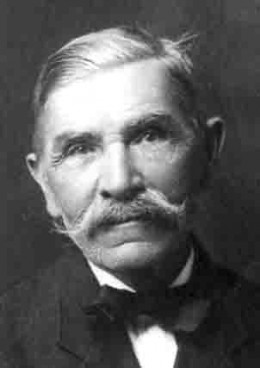
The first symbol is the color red that repeatedly occurs in the situations that involve Zaroff, be it the rich Russian borsht, Zaroff’s bright lips, or his servant’s crimson sash (Connell 16, 17, 35). The symbolism that Connell uses to describe the character of Zaroff is also highly significant in terms of capturing his evil personality. When Ivan dies, the only thought of him that occurs in Zaroff’s mind is that “it would be difficult to replace him,” and even this thought does fully occupy him as he immediately starts reflecting on his other concerns (Connell 44). However, it appears that the latter treats him like nothing more than a useful object. First of all, Ivan is both deaf and mute, meaning that he is unable to provide a human connection for Zaroff.

Zaroff and Ivan, on the other hand, present a completely different kind of relationship. In the case of Rainsford, his brief conversation with Whitney in the beginning of the story sounds casual and informal, yet respectful – a kind of interaction that two amicable equals would have (Thompson 89). However, the interactions between the main characters and their associates are highly indicative of their personality. Apart from the tale’s protagonist and antagonist, only two other people are mentioned in the story, each one of them associated with Rainsford and Zaroff, respectively. This distinction is further highlighted through the story’s secondary characters. Thus, the very names of the characters imply a clear contrast between the democratic New World and the aristocratic and violence-ridden Old World.


Ominously, his name also sounds similar to the Latin word for blood, “sanguis.” On the other hand, the Cossack’s name, apart from having the – off ending to signify his Russian roots, bears a particular resemblance to the word “tzar,” which denotes the authoritative leader of the pre-revolutionary Russia. Rainsford’s first name is a play on the word “sanguine,” meaning lively, optimistic, and cheerful – all these adjectives are representative of the “great American democratic ideal” (Thompson 87). Once the reader learns about the men’s characters, it becomes clear that their names are, in fact, charactonyms. The two primary characters in the story are a world-famous American hunter Sanger Rainsford and a Russian Cossack General Zaroff, who meet on an isolated island where the Russian expatriate resides in solitude, together with his mute servant Ivan (Connell 15).


 0 kommentar(er)
0 kommentar(er)
